Slow oceanic carbon cycle. Animation of some of the processes that form the oceanic geological and industrial carbon cycle, part of the larger overall carbon cycle for the whole Earth. This part of the cycle sees the carbon taken up by algae, and subsequently animals including zooplankton, fish, molluscs and corals, enter the geological carbon cycle as they die. The dead organisms fall to the ocean floor, where successive layers of deposition bury them. Over geological time, high heat and pressure convert their bodies into limestone (white) and oil (red). Limestone is largely made up of the bodies of corals and shelled organisms, while oil is primarily made at greater depth from the bodies of algae and zooplankton. These form layers beneath the oceans, which can be uplifted by tectonic forces to rise above sea level, forming terrestrial expanses of limestone and chalk, and relatively shallow seams of oil. Crude oil is extracted and used on a massive scale, some 90 million barrels each day are used to make plastics and for energy production. These processes produce carbon dioxide (CO2), which is released into the atmosphere. The burning of aeons-old plant and animal material causes an imbalance in the carbon cycle, with plants unable to take up all the extra CO2 released. This has led to a rise in the atmospheric level of CO2, from around 280 parts per million in the pre-industrial era, to some 400ppm today.
Details
WebID:
C01842121
Clip Type:
RM
Super High Res Size:
1920X1080
Duration:
00:02:02.000
Format:
QuickTime
Bit Rate:
25 fps
Available:
download
Comp:
200X112 (0.00 M)
Model Release:
NO
Property Release
No



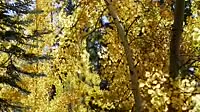


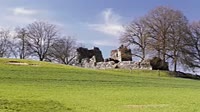
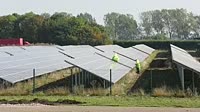

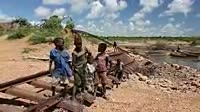
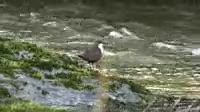
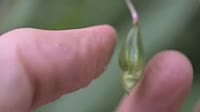
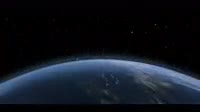
 Loading
Loading